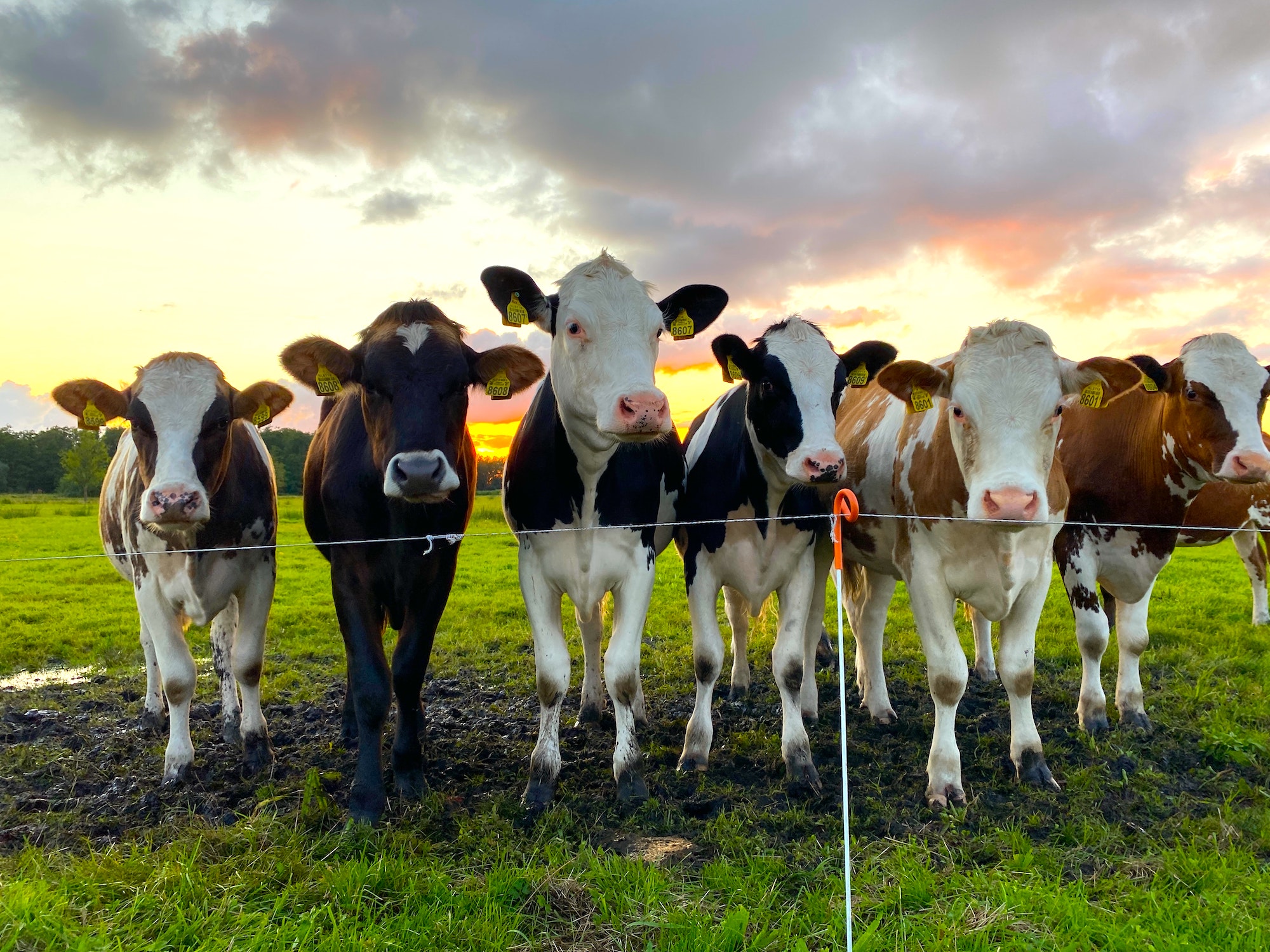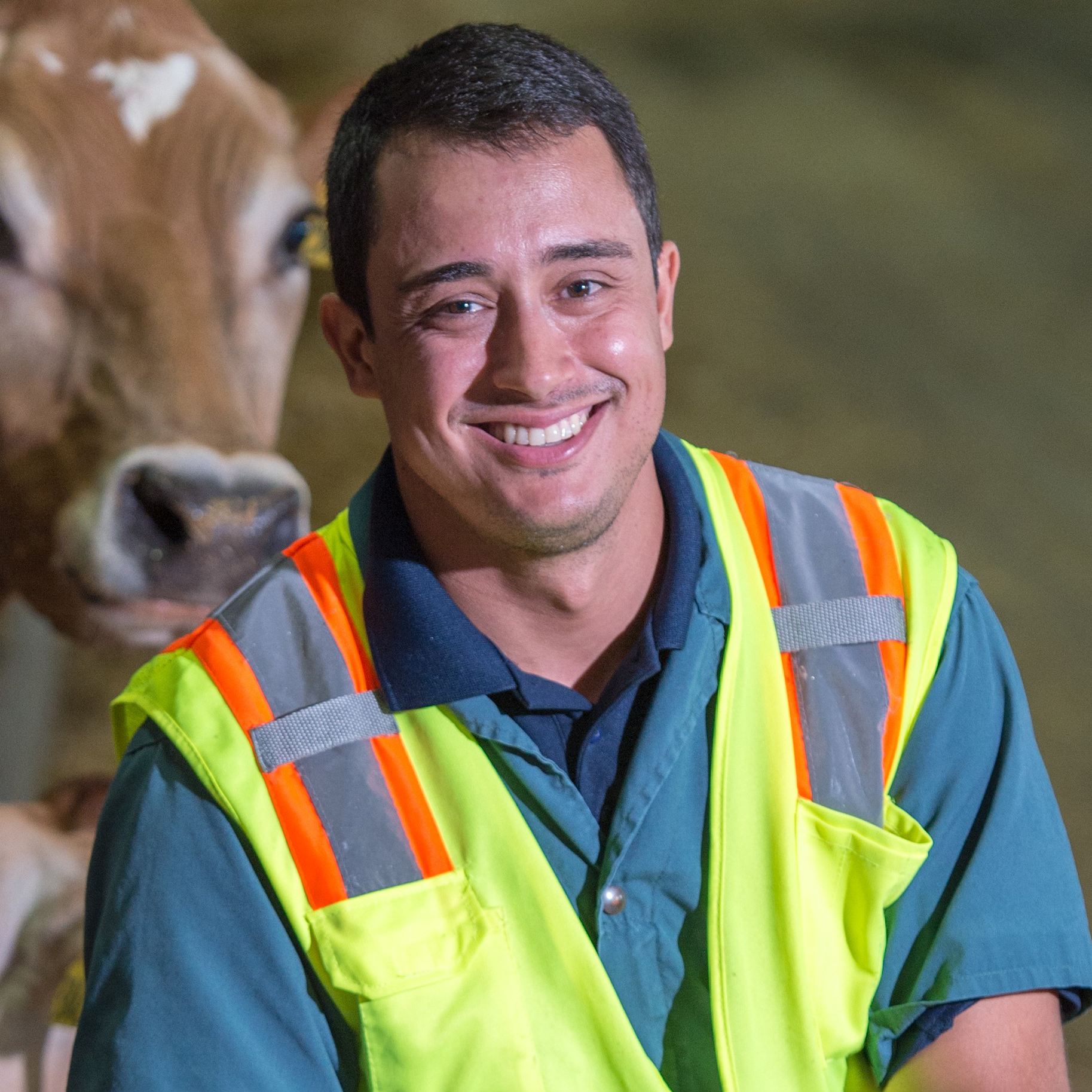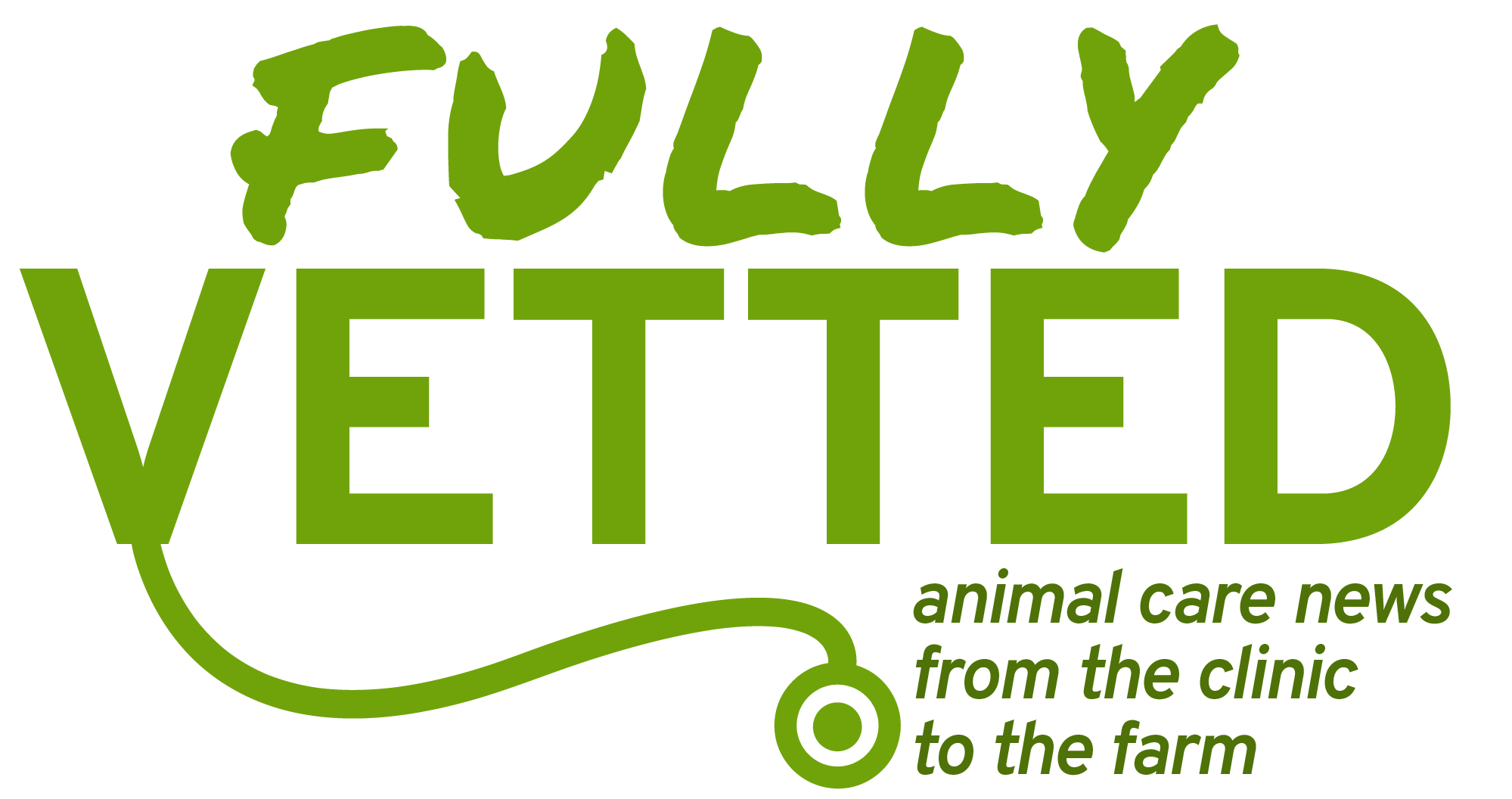
Episode 65
‘Til the Cows Come Home: Dairy Cattle Veterinary Medicine
With Luciano Caixeta
MIDWEST VETERINARY CONFERENCE PREVIEW SERIES See All Episodes »
Episode Guest

Luciano Caixeta
DVM, Ph.D.
Dr. Caixeta is an assistant professor of dairy production medicine at the University of Minnesota College of Veterinary Medicine. Born in Brazil, he was involved in beef cattle production from a young age and earned his veterinary degree from the Universidade Federal de Goiás.
Learn More »
Registration for the 2023 Midwest Veterinary Conference is open! Featuring 300+ hours of live and on-demand CE in 25 tracks, 75 expert speakers, and more than 100 exhibitors, this is another event you won’t want to miss!
Photo by melle on Pexels
Transcript
Mia Cunningham: Could you share your name and a little bit about your background in veterinary medicine?
Luciano Caixeta: Yeah. So my name is Luciano Caixeta. I am a faculty here at the University of Minnesota in the Ruminants Group. I grew up in Brazil, and my father is a veterinarian. So I grew up in the vet ward with him working and shadowing him since I was about ten years old. So I grew up doing a lot of beef cattle work, actually, that in Brazil is huge. It’s huge in cattle, huge in beef cattle.
And when I got into vet school, I knew I wanted to be a cattle veterinarian, thought I was going to be a beef veterinarian, but I also wanted to visit abroad and see how vet medicine was in other countries. I had the chance to come to the U.S., and that’s when I got introduced to dairy industry and started my career in the dairy industry. I did a residency and a Ph.D. at Cornell before teaching at Colorado State for two years and moving up here to Minnesota five years ago.
MC: Could you talk to us a little bit about the sessions that you’ll be covering at Midwest Vet next year?
LC: Yeah, so the sessions I have at Midwest Vet stems a lot from what I learned in practice and what I dealt with in practice. So as a practitioner, I always dealt with a lot of metabolic diseases and a lot of diseases in early postpartum. Kind of like—working against the profession—I set myself to do research on preventing those diseases. Instead of, like, just trying to fix them, I research and prevent those. So my research focused mainly on the transition cow and the transition period. And I kind of go from all the way from when they dry off to when they’re off the fresh pan, when they’re off to their lactation.
I work mostly with three diseases: Hyperketonemia or ketosis, when a cow is mobilizing a lot of fat and then she can decrease new production, decrease performance, because that is almost like diabetes for humans, right? And we have some new concepts that we’re going to present at the conference showing that just because a cow has a high BHP, a high ketone body, that’s not totally beneficial to all those cows so some cows can deal with it very well. But as of now, the traditional thought is that that’s a problem and we need to treat all those animals and that’s not what we’re seeing on the field.
Similarly, I also work with hypocalcemia, and that’s something that we also revisited some of the traditional definitions for it showing that there’s different types of hypocalcemia. Some of those are more beneficial to cows, and some other ones are just part of their transition into lactation. They’re producing meal, taking a lot of calcium out, and then they just have low calcium levels. We also going to touch on that and show how that’s different. We still don’t have a way to determine that on the field very quickly, but we have the knowledge behind it, so once others come up with ways of detecting that on the field, we’ll be well ahead of the curve to determine that.
And then, like I said, the third disease that I work is mastitis. And with mastitis, we have been working some selective dry-out therapy programs, which I’m going to just briefly touch that during the conference, because they have been presented by many others. But what we also show there is we have been working with a new product on the market that assists us on decreasing their new production, which is one of the risk factors for mastitis. And we’re going to show results from the clinical trials we perform with this new product to help us increase and improve management.
And in the last session, kind of to encompass everything or to put all together, we’ll talk a little bit about monitoring cows during the transition period. So how can we identify these diseases? What are factors we need to look at to make sure the cows have successful lactation? And also the use of some of the automated and emerging technologies that will facilitate us, especially in times now where it’s hard to find labor. So that can be helpful. So we’re trying to put some science behind it, not just like the feeling that we have by using those technologies, but actually put hard science behind it.
MC: Well, I feel like you’ve been a strong case as to why people should attend your session, but if people would like to reach out to you either before or after the conference, do you have a social media imprint or an email address where they can reach out to you?
LC: Yeah, so my email address is the direct contact with me. That would be the easiest way if they want actually get in touch with me. It is [email protected]. My research group also have a couple of different social media accounts: They can find us on Twitter @CaixetaLab, on Instagram @CaixetaDairyLab, and then on Facebook, they can find us at CaixetaLab.
MC: Easy peasy! Thank you so much.
LC: Yes, I appreciate it.
